What Is Considered To Be Good Gluten-free Food?
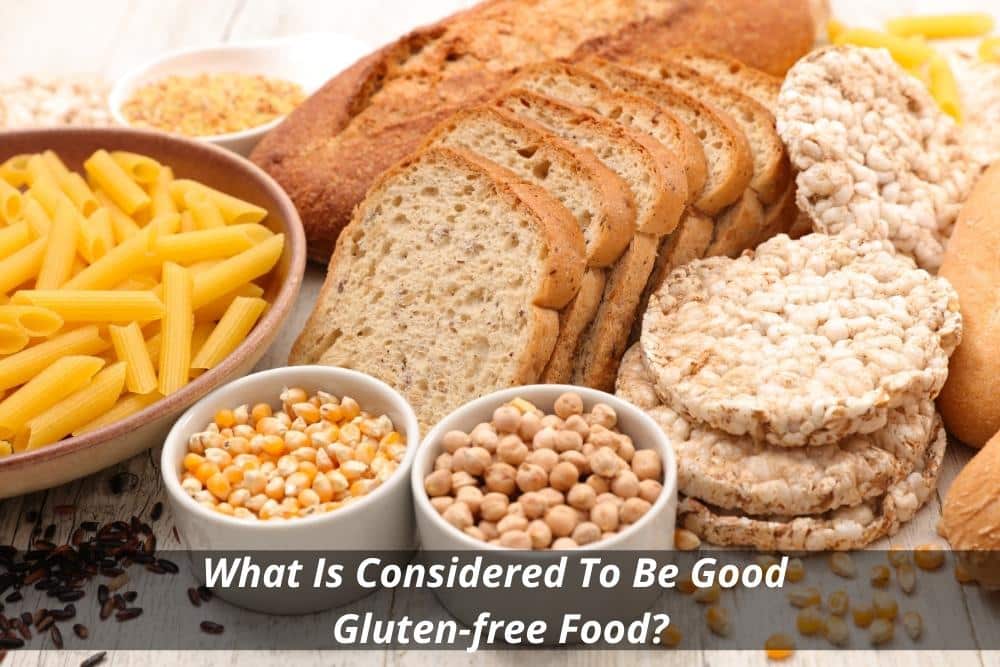
Do you know what is considered to be good gluten-free food? Gluten-free foods are becoming increasingly popular. What makes them special? Are they really healthier than regular ones? Gluten is a protein found in wheat, barley and rye. People who suffer from celiac disease cannot tolerate gluten because their bodies react negatively to it. Celiac […]
What Are Some Great And Easy To Make Healthy Soup Recipes?
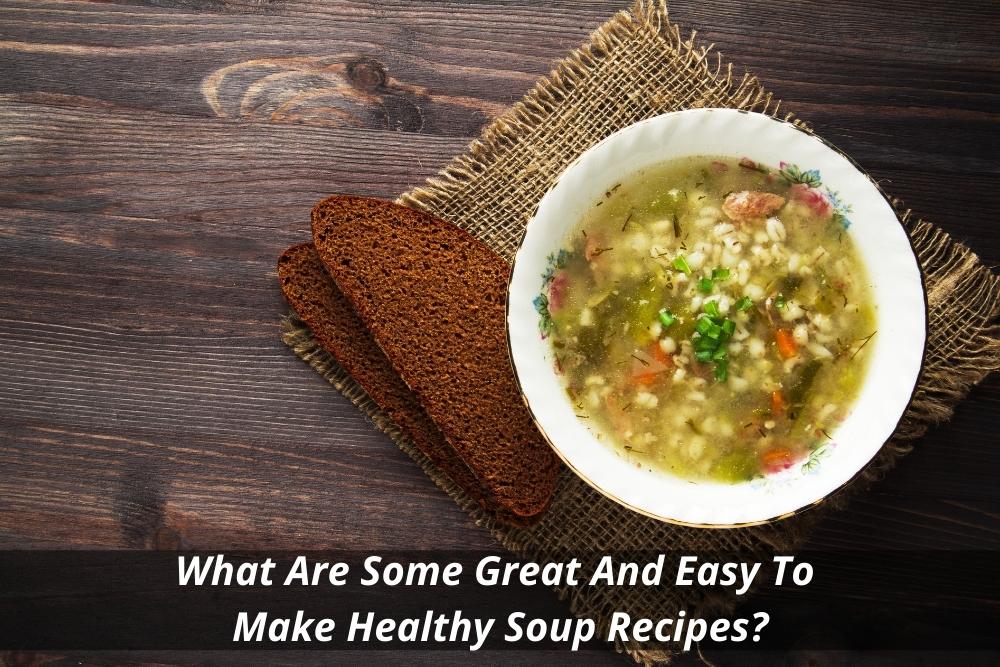
Do you know what are some great and easy-to-make healthy soup recipes? Healthy Soup recipes are a delicious meal option that is low in calories and high in nutrients. There are several types of soups, from creamy tomato soup to spicy chicken noodle soup. The key is to choose the right type of soup recipe […]
How Do People Lose Weight With Healthy Yummy Food As A Diet?

Do you want to know how people lose weight with healthy yummy food as a diet? If you’re looking to lose weight with healthy, yummy food as your diet, pre-made meals can be a great option. Not only do they save you time and hassle in the kitchen, but many pre-made meals are portion controlled […]
How to Make Soup With a Bouillon Cube?

Soup is a delicious and healthy meal option that can be made with a variety of ingredients. One common way of soup production is with a bouillon cube. Bouillon cubes are concentrated broth or stock in a small, rectangular shape. They can be found in the grocery store near the other bouillon products or the […]
10 Healthy Gluten-Free Salad Dressing Recipes
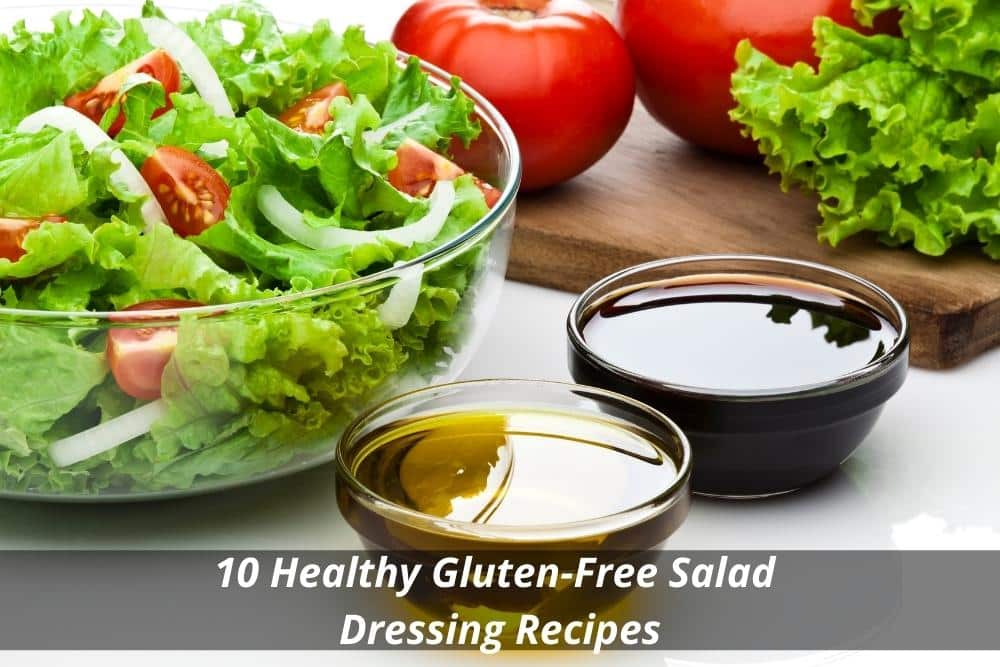
Food dressing is a key part of any dressing, and it’s important to have a variety of healthy options on hand. These 10 gluten-free salad dressings are all delicious and nutritious. They’re perfect for packing in your lunch or serving as part of a healthy dinner. Balsamic Vinaigrette Ingredients: 1/2 cup balsamic vinegar 1/2 cup […]
What is Product Development? The 6 Stage Process

Product development is the process of designing, creating, testing, commercialising new products, and improving existing ones. This encompasses everything from researching potential products to designing and testing prototypes, and finally putting the product into production. It’s a complex process that takes a lot of time and effort, but it’s worth it when you have a […]
12 Best Sous Vide Vegetable Recipes 2022
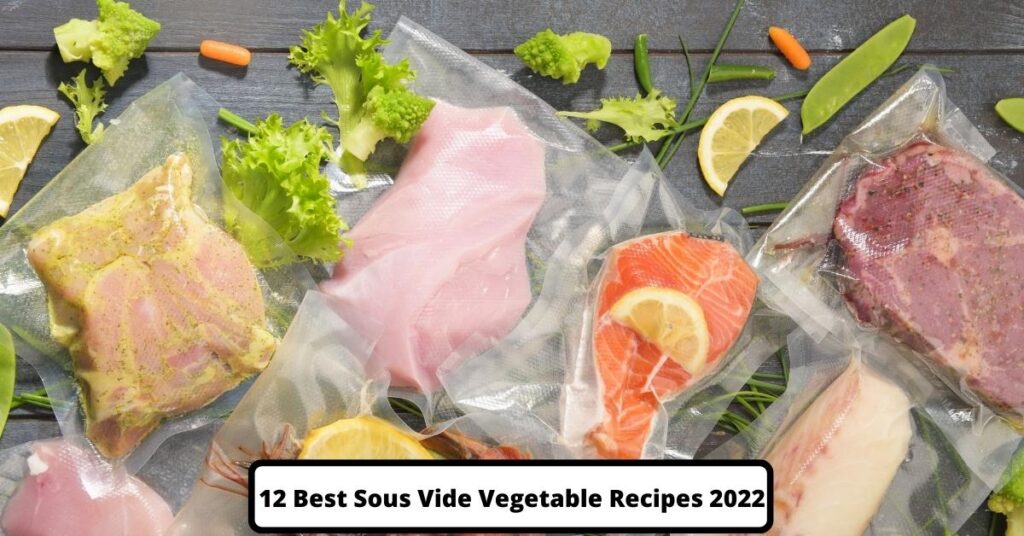
What Is Sous Vide Recipe? Sous vide vegetable recipes are a type of food that you can cook at home using sous vide cooking. This unique method cooks the food in vacuum-sealed plastic bags placed in a water bath or thermal immersion circulator. The outcome is evenly cooked, moist and succulent dishes every time! One […]
Best Vegetarian and Vegan Meal 2022
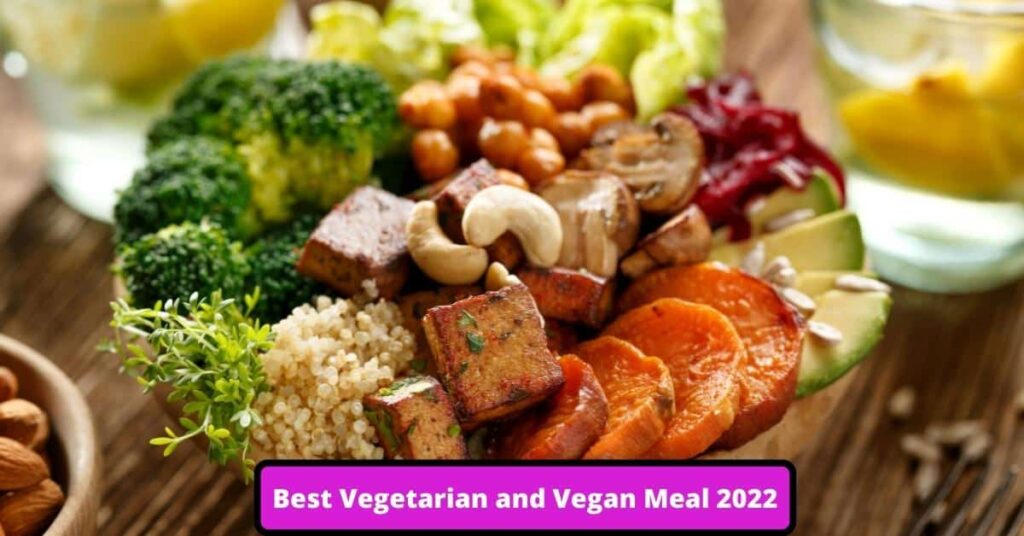
What Is Vegan Meal? A vegan meal is a diet that excludes all animal products, including meat, poultry, fish, and eggs. Meals typically consist of vegetables, grains, and legumes to provide the nutrients that are otherwise found in meats. The vegetarian and vegan meal is often designed for people who have allergies or sensitivities to foods […]
Homemade Hot Sauce (Fermented or Quick Cook Recipe)

Make hot sauce with fresh peppers Making your own homemade hot sauce is a great way to get the perfect level of spice and flavour for your palate. And, it’s easy to do with fresh peppers! All you need are super-hot peppers, vinegar (or citrus), sugar, and salt. You can find most of these ingredients […]
Why Do People Like Pre-made Meal Services

What are the benefits of using a pre-made meal service? Pre-made meal service can provide many benefits. There are a variety of different companies that offer these services, each one with its own set of prices and offerings. One advantage is the lower cost. This can be helpful to people on a budget or those […]
